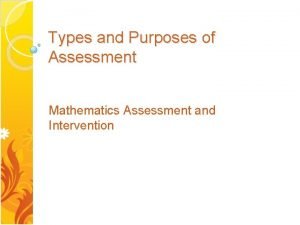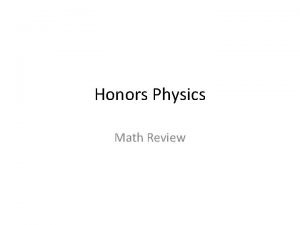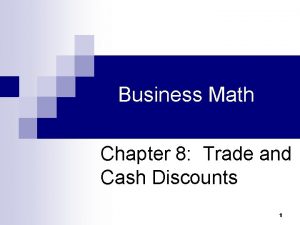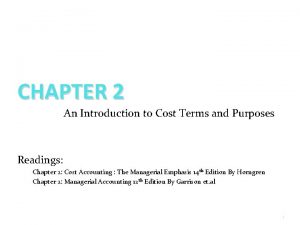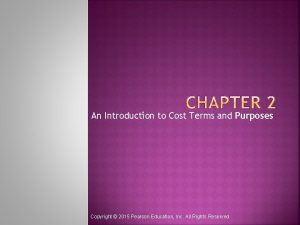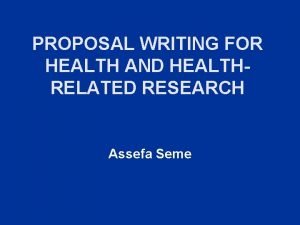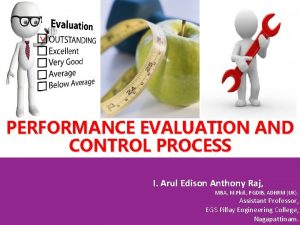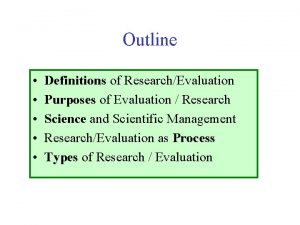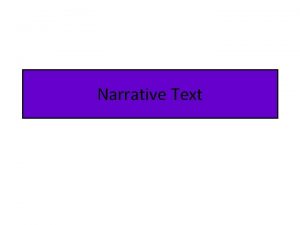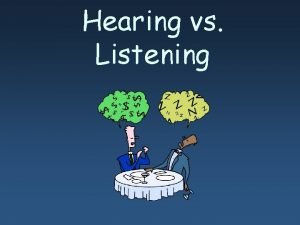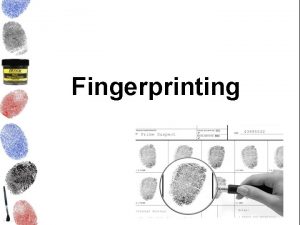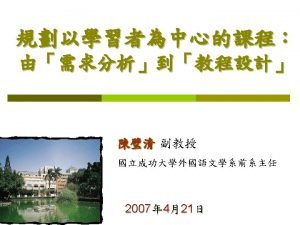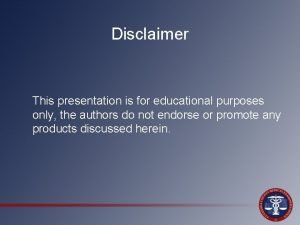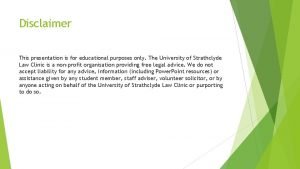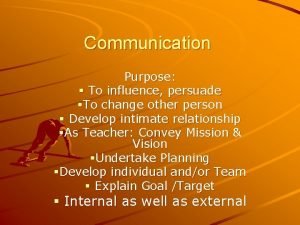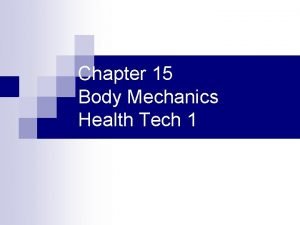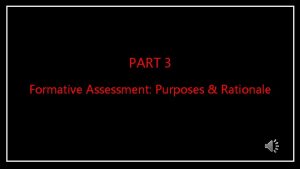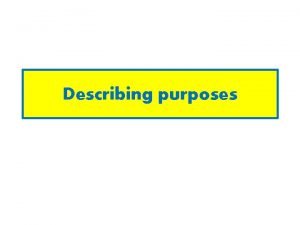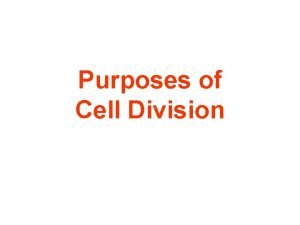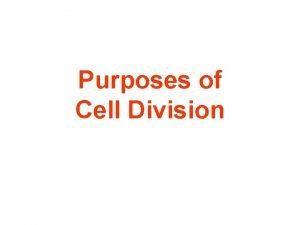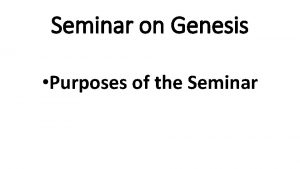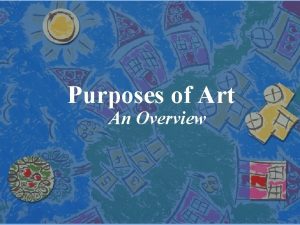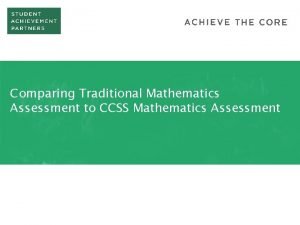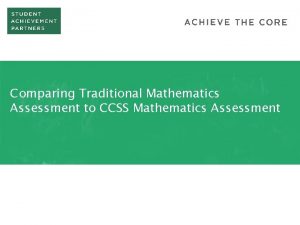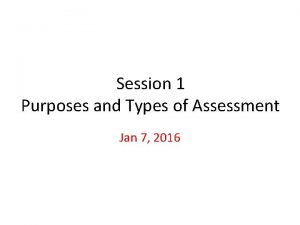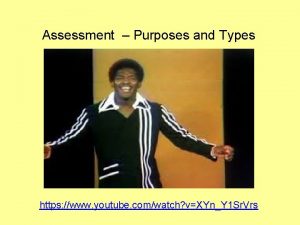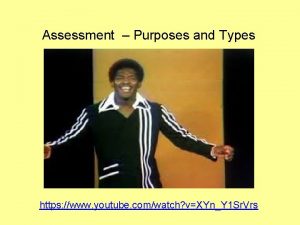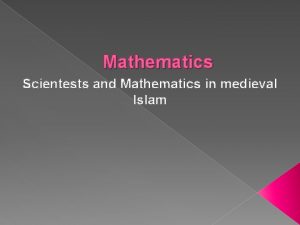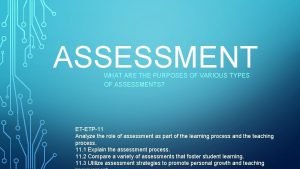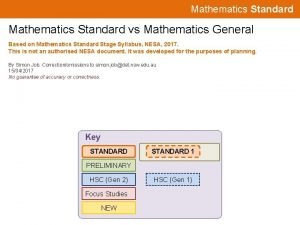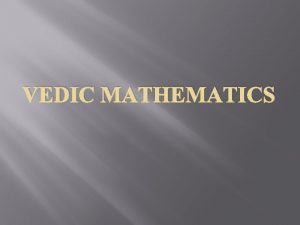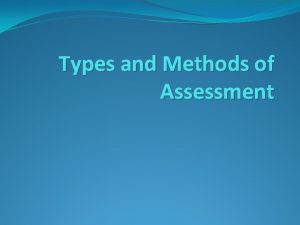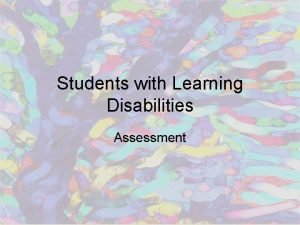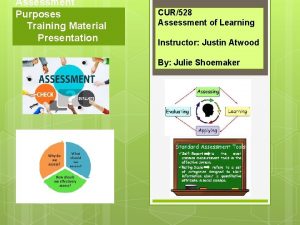Types and Purposes of Assessment Mathematics Assessment and




















- Slides: 20

Types and Purposes of Assessment Mathematics Assessment and Intervention

In your Reflective Journal �Write your best definition of assessment. �What is the role of assessment in the classroom? �How does assessment impact instruction?

Mc. Tighe and O’Connor Article Read and discuss the article.

In your small group, discuss how the practices relate to your own current classroom assessment practices. � Practice 1: Use summative assessments to frame meaningful performance goals. � Practice 2: Show criteria and models in advance � Practice 3: Assess before teaching � Practice 4: Offer appropriate choices � Practice 5: Provide feed back early and often � Practice 6: Encourage self-assessment and goal setting � Practice 7: Allow new evidence of achievement to replace old evidence

In your small group, discuss and present how your assigned practice relates to mathematics assessment. � Practice 1: Use summative assessments to frame meaningful performance goals. � Practice 2: Show criteria and models in advance � Practice 3: Assess before teaching � Practice 4: Offer appropriate choices � Practice 5: Provide feed back early and often � Practice 6: Encourage self-assessment and goal setting � Practice 7: Allow new evidence of achievement to replace old evidence

�What is your definition of assessment?

Purposes of Assessment �Diagnostic Assessment: Getting a sense of strengths and needs for planning instruction �Formative Assessment: Monitoring growth as you teach �Summative Assessment: Determining what students have learned after instruction or for accountability purposes.

Formative Assessments �Definition: Assessment used to inform instruction – should be occurring constantly during instruction. Assessment FOR learning �How can we assess formatively? Brainstorm

Formative Assessments: The ? essential link between teaching and HY W learning Five Key Elements of Formative Assessment � Make students aware of learning goals and evaluation standards. � Provide formative tasks involving understanding and application more often than rote memorization. � Give feedback to students providing information on how to close the gap between where they are and the evaluation standards for which they are aiming and allow opportunities to close the gap. � Avoid grading formative tasks � Use formative assessment to enhance and guide your instruction.

Summative Assessment �Definition: To assess the achievement of the objective, usually used at the end of a learning cycle. Assessment OF learning �How can we assess summatively? Brainstorm

To perfect the process To measure what was done Formative Method is descriptive Summative Method is measurement Qualitative, developmental in Quantitative, product nature completion driven Where are you in the learning What did you learn? of this? Data for growth, change, checkpoints for adaptations Data for reposting on goals attained Ongoing – a video of how we’re doing At specific times – a snapshot On the Way / At the Gate Activity

On the way. . . Formative At the gate. Summative On the Way / At the Gate Activity

Summative and formative assessments are not TYPES of assessments but are descriptions of how assessment results are USED.

Classroom Assessment �Evidence may be ◦ formal or informal ◦ quick or lengthy ◦ contrived or authentic e b st u ” ! m e e z c e i e u u j q e s h e T h “ t h t r wo Observations Selected Response Constructed Response Performance Assessment

Metacognition: a valuable formative assessment skill �One of the purposes of assessment is to understand students’ thinking. �Metacognition questionnaire

16 Met aco gniti on

More Precise Definition Metacognition is the monitoring and control of thought. Monitoring: “Do I understand? ” Control: “Can you explain that again? ” 17

Metacognition includes: �Knowledge ◦ about learning ◦ about oneself as a learner �Regulation ◦ monitoring one’s own cognitive processes ◦ appraising ideas and actions and taking corrective action when needed. 18

Metacognition is important for: �Communication �Memory �Reading �Self-instruction comprehension �Language acquisition �Social cognition �Attention �Self-control �Writing �Problem solving �Personality development Which of these elements are important in mathematics?

Research has shown. . . �Metacognition begins in early childhood, and continues to develop through adolescence. �Learning performance improves as metacognitive awareness and skills improve. �Students acquire metacognitive skills by observing teachers & other adults & peers as role models. 20
 Types of assessment in mathematics
Types of assessment in mathematics Like terms algebra
Like terms algebra Trade discount series example
Trade discount series example Advantages of non directive counselling
Advantages of non directive counselling An introduction to cost terms and purposes
An introduction to cost terms and purposes Guided reading activity foundations of government lesson 1
Guided reading activity foundations of government lesson 1 Inventoriable costs examples
Inventoriable costs examples 5 purpose of art
5 purpose of art The logical view of a database
The logical view of a database How to write hypothesis in research proposal
How to write hypothesis in research proposal Goal of persuasive essay
Goal of persuasive essay Purpose of appraisal
Purpose of appraisal Evaluation research definition
Evaluation research definition What the purpose of narrative text
What the purpose of narrative text 5 purposes of listening
5 purposes of listening The study of fingerprints is known as
The study of fingerprints is known as Egp english
Egp english Disclaimer this video is for educational purposes only
Disclaimer this video is for educational purposes only Education purpose only disclaimer
Education purpose only disclaimer The purposes of communication
The purposes of communication Principles of body mechanics
Principles of body mechanics
